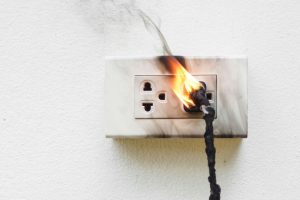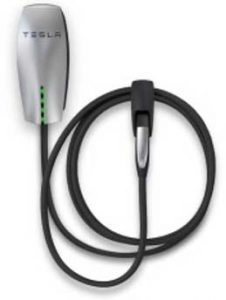 Earlier this year, particularly January Tesla unveiled the 3rd generation wall connector. Since then everyone has been trying to know what’s good and what’s better with this new charger. If your Gen 2 Tesla charger is working just fine, why would you possibly be motivated to consider Gen 3?
Earlier this year, particularly January Tesla unveiled the 3rd generation wall connector. Since then everyone has been trying to know what’s good and what’s better with this new charger. If your Gen 2 Tesla charger is working just fine, why would you possibly be motivated to consider Gen 3?
We answer all the questions in this review below.
What’s Different?
Appearance. It’s almost the first thing you notice with this Gen 3 EV charger. The new electric charger’s fresh look comes as a glass front display on a white background, keeping the brand name font and color on its surface. In contrast, the Gen 2 Tesla EV charger has a plastic silver or black cover.
Power. The Gen 2 wall connector has always been a more powerful option, as it’s able to deliver up to 80 amps of power to your electric car. The Gen 3 however is limited to a maximum of 48 amps. But wait before you conclude, it’s important to remember that there are no electric vehicles – regardless of brand – that can charge at over 48 amps. Aside from this being Tesla’s way of sticking with the maximum power output, electricians can tell you that fewer amps mean less heat. Gen 2 electric chargers have often had overheating and sparking problems because of the heat.
Cable length. For the Gen 2, electric car owners can enjoy the flexibility of a 24 feet cable. This new Gen 3 charger falls short in this area with only 18 feet from Tesla. This can count as a significant disadvantage in most cases. Seeing as a standard 2-car garage in the United States is a 24’ by 24’ it’s vital to have a cable that can reach most corners.
Cable size. This will probably bring a smile to your face as Gen 2 users are all too familiar with the heavy and thick cable of Gen 2 electric chargers. With Gen 3 electric car charger the cable is lighter, thinner, and easier to manage. This also contributes to making the entire charger weigh less. It’s a good advantage from Tesla and one users will enjoy.
Wi-Fi. For all those who are tech-savvy and convenience-conscious, it’s wonderful to hear that the new Tesla charger is Wi-Fi enabled, and it allows you to connect the unit with your smartphone. But at the same time, some users have mentioned having no connection with their Gen 3 charger and app, while others say the smart charger can connect with the car. The use comes mainly by accessing the network with your computer to get updates and set up the charger. There is a strong possibility of more updates with the Wi-Fi from Tesla.
Load sharing. The former charging unit allowed load sharing with up to 4 connected units while the new Gen 3 allows load sharing for up to 16 devices wirelessly.
Cost. To our amazement, the cost of the Gen 3 electric car charger is the same $500 price as the older Gen 2 unit. It’s safe to assume that the various limitations on the Gen 3, when compared with Gen 2, helped cut cost and make this elite charger affordable.





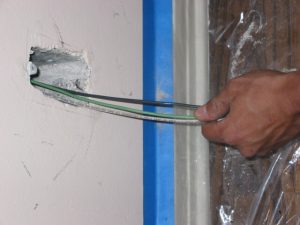

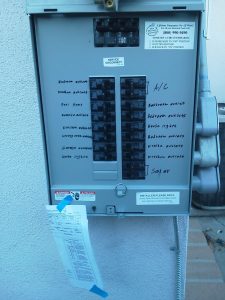 A safe electrical system is invaluable to every home and if you have a Federal Pacific Electrical Panel (FPE), replacing it is the best solution to ensure your electrical safety.
A safe electrical system is invaluable to every home and if you have a Federal Pacific Electrical Panel (FPE), replacing it is the best solution to ensure your electrical safety. Your house is not the scene of a horror movie. So, in most cases when you have heard a certain buzzing sound more than once, it’s probably real and not your mind playing tricks.
Your house is not the scene of a horror movie. So, in most cases when you have heard a certain buzzing sound more than once, it’s probably real and not your mind playing tricks.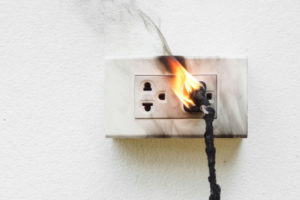 Your electric system works 24/7 providing the power you need to make life easier. While you might wish this efficiency can last forever, this is usually not the case.
Your electric system works 24/7 providing the power you need to make life easier. While you might wish this efficiency can last forever, this is usually not the case. When something goes wrong with your electrical system, the first person you consider calling to fix the problem is an electrician.
When something goes wrong with your electrical system, the first person you consider calling to fix the problem is an electrician.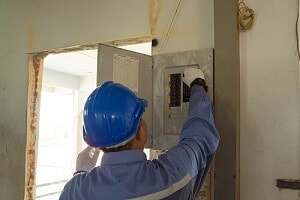 Some electrical issues are more common than you think. They occur in almost every home with electricity and while they may be no one’s fault sometimes, it’s often because your electrical system is subject to getting worn out. Read on as we discuss the most common electrical issues in Los Angeles homes and how to handle them.
Some electrical issues are more common than you think. They occur in almost every home with electricity and while they may be no one’s fault sometimes, it’s often because your electrical system is subject to getting worn out. Read on as we discuss the most common electrical issues in Los Angeles homes and how to handle them.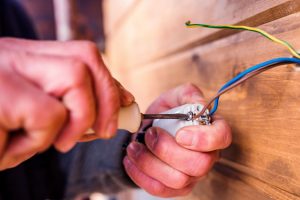 A new home comes with the excitement of setting up things just the way you like them. You could be eager to try out different colors and textures; explore flooring options, window placement, and so on. Getting everything done to your liking is what makes your new home feel truly yours. But, in all your planning, it’s important to consider creative electrical wiring options that may come in handy sooner than you know.
A new home comes with the excitement of setting up things just the way you like them. You could be eager to try out different colors and textures; explore flooring options, window placement, and so on. Getting everything done to your liking is what makes your new home feel truly yours. But, in all your planning, it’s important to consider creative electrical wiring options that may come in handy sooner than you know.